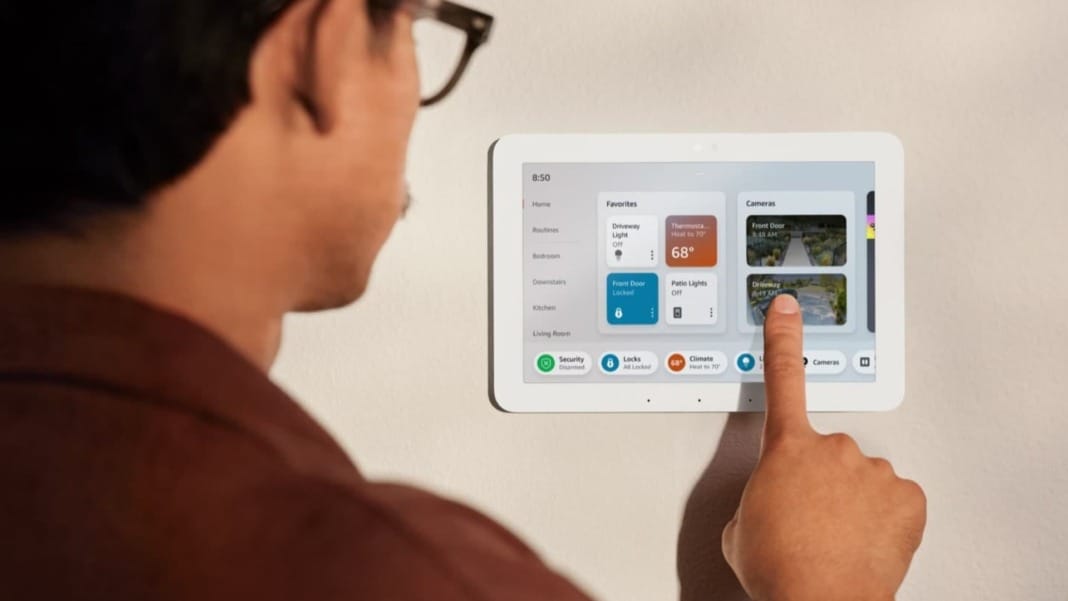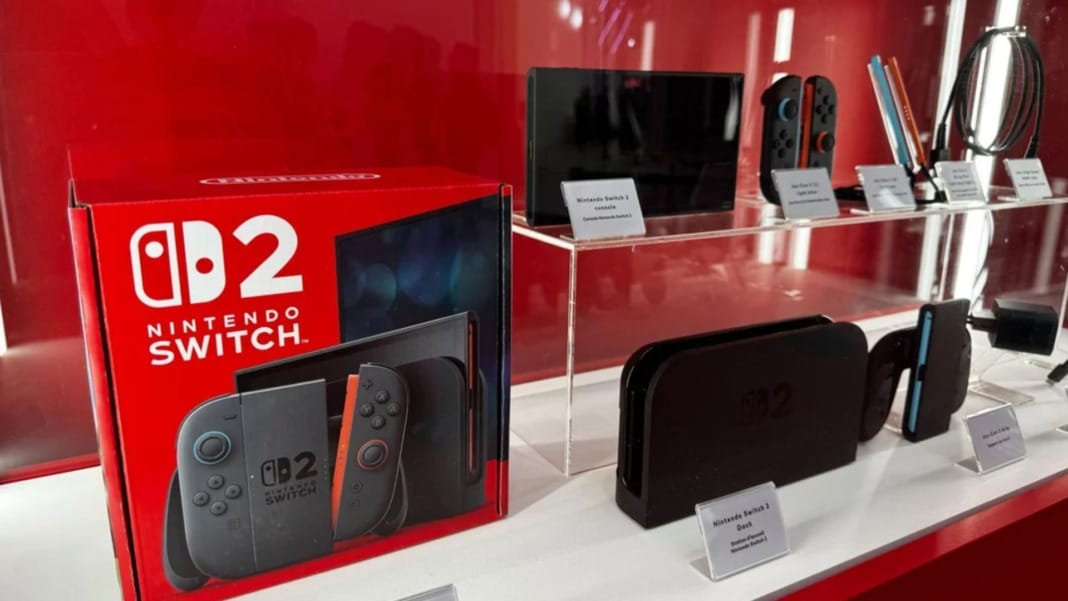Apple is making big moves in the smart home market, with plans to release not one but two new smart screens. If you’re excited about the idea of an Apple smart display in your home, there’s good news, but it also requires a bit of a wait.
Last October, tech journalist Mark Gurman revealed that Apple was developing two different smart screens to strengthen its position in the connected home space. In his latest Power On newsletter, Gurman has shared an update on the progress.
The simpler model might arrive by the end of the year
The first smart screen, known internally as the J490, could still be launched before the end of this year. It’s expected to be a more affordable, iPad-style screen that’s easy to use and fits into your daily routine. Apple is testing features like magnetic wall mounts, allowing you to place the screen wherever you need it most in your home — perhaps in the kitchen, living room, or even your hallway.
The J490 is designed to let you stream Apple TV Plus, make FaceTime calls, and access apps like Calendar and Notes. It will run on a new operating system called homeOS, which is based on the existing tvOS used by Apple TV.
This model is aimed at everyday users who want a simple yet smart way to connect with Apple’s ecosystem. Think of it as Amazon’s Echo Show but with more seamless integration into Apple devices.
However, the final design of the J490 is still uncertain. Apple has run into challenges, especially with Siri’s development. According to Gurman, these Siri-related issues have created delays and might lead to some planned features being removed from the device to get it out quicker.
The robotic model won’t arrive until at least next year
Once the J490 is released, Apple will focus on the second model — a far more advanced smart screen called the J595. This version is unlikely to be available until at least late 2026, possibly even later, depending on how smoothly the J490 launch goes.
What sets the J595 apart is its robotic arm. This smart display is designed to move around your desk or table, adjusting its position based on where and what you’re doing. It can follow your movements, making video calls and media viewing much more dynamic.
Apple also plans to give the J595 its own “unique AI personality”, making it more interactive than a standard smart screen. It will use Apple Intelligence to assess its surroundings, identify users, and understand nearby activities.
This version is targeted at more advanced users and will likely cost around US$1,000. Its main features include home security monitoring, high-quality audio for media playback, and advanced video conferencing tools.
While Apple had some bold ideas for this model, Gurman reports that a few features have been held back to ensure the product launches on time. These features may return in future updates or versions of the device.
Both models will offer smart home control
Like Amazon’s Echo Show and Google’s Nest Hub, both Apple smart screens allow you to easily control smart home gadgets. But Apple aims to go further.
Using Apple Intelligence, the screens are expected to offer “home automation on steroids”. That means more accurate control over your devices, apps, and media — all tailored to your habits and needs.
Even though the J595 sounds more futuristic, it won’t be the first robotic screen. Amazon introduced its US$1,499 Astro robot back in 2021. However, that product is still only available in the United States and only through invitation.
If launched as planned, Apple’s version could be the first robotic smart display to hit the mainstream. For now, you’ll have to wait and see how Apple handles the delays and whether the J490 makes it to market before the end of the year.





